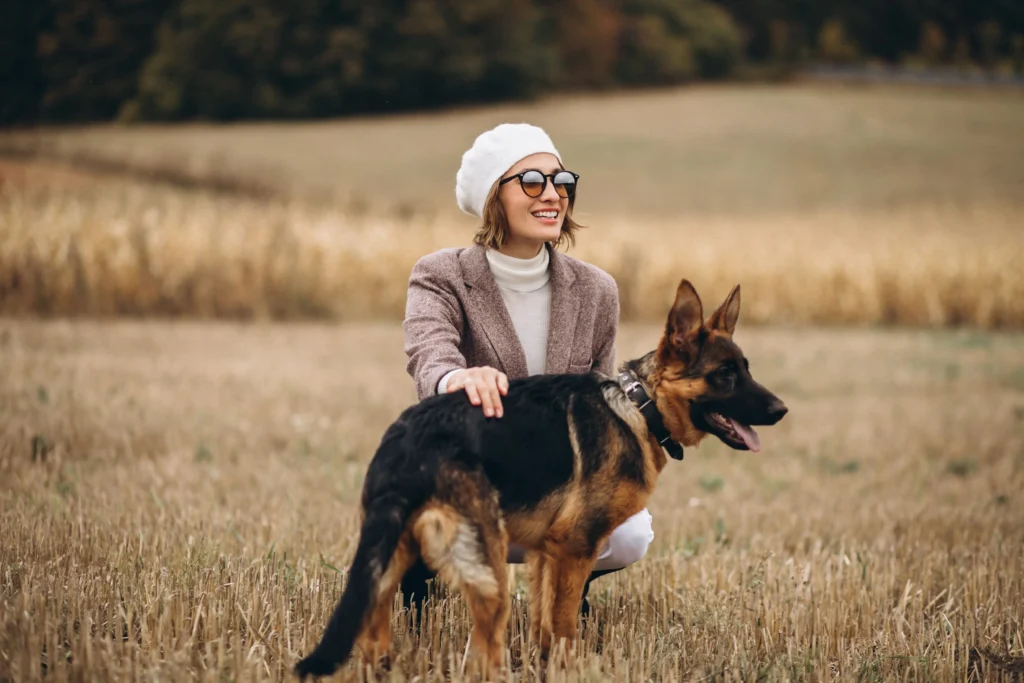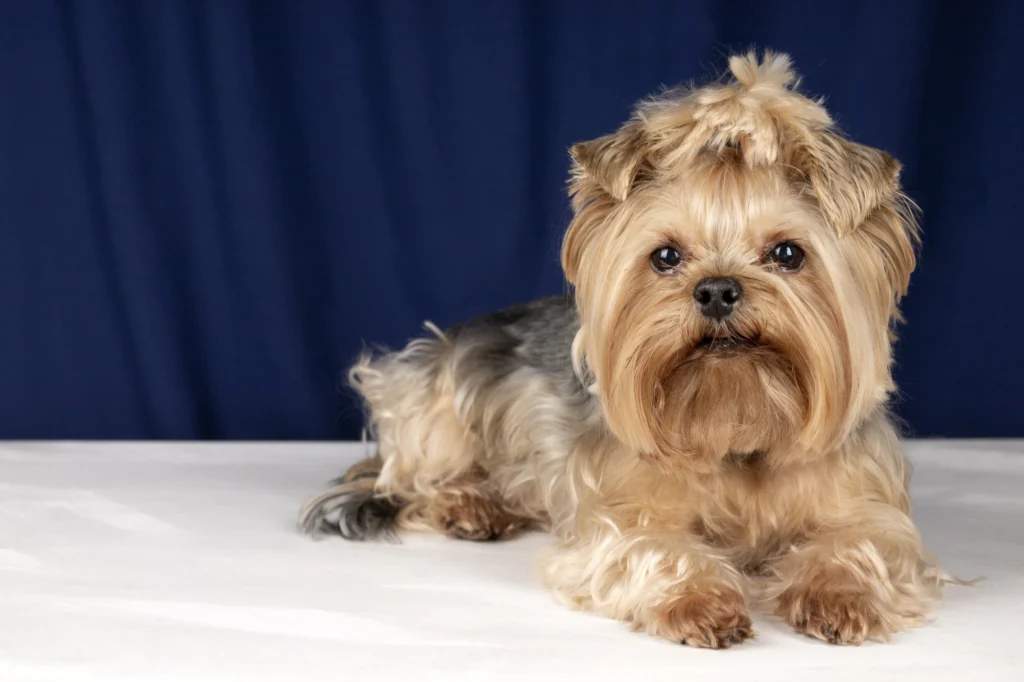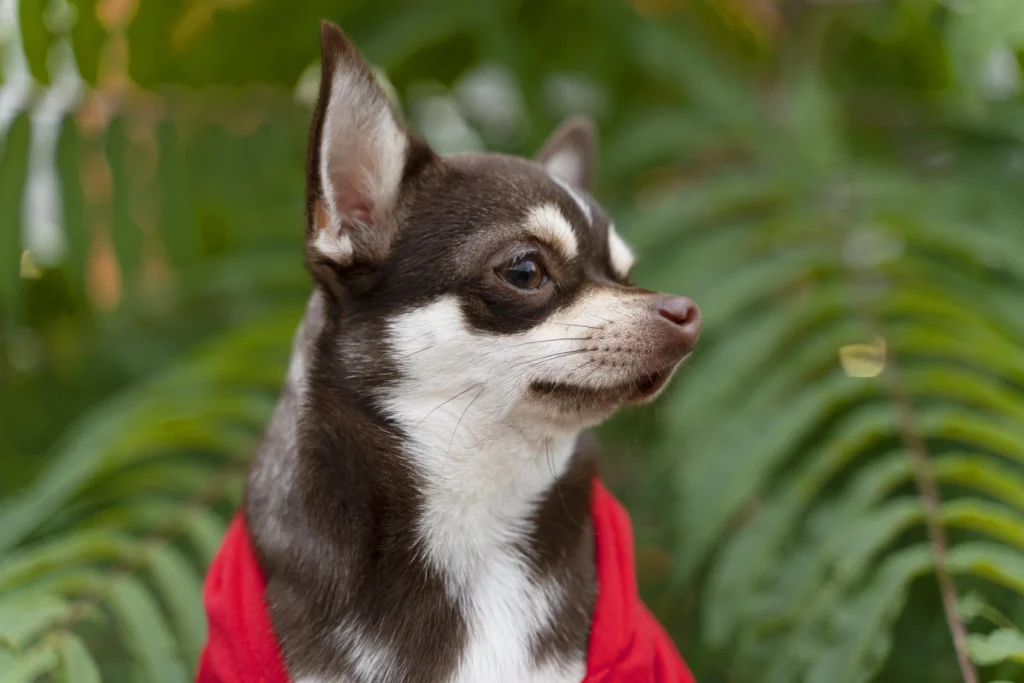Germany has produced dozens of influential dog breeds, many now flourish worldwide as companions, workers, or sports dogs.This article reviews notable German breeds, their origins, characteristics, and what owners should consider before bringing one home.
Why German Dog Breeds Matter
Germany is home to foundational breeds valued for intelligence, versatility and working heritage. In modern Germany, dog ownership has more than doubled since 2010, with about 10.6 million pet dogs currently in the country. This rise underscores the enduring role of German breeds in home and working life.
Top 10 German Dog Breeds & What to Know
1) German Shepherd Dog
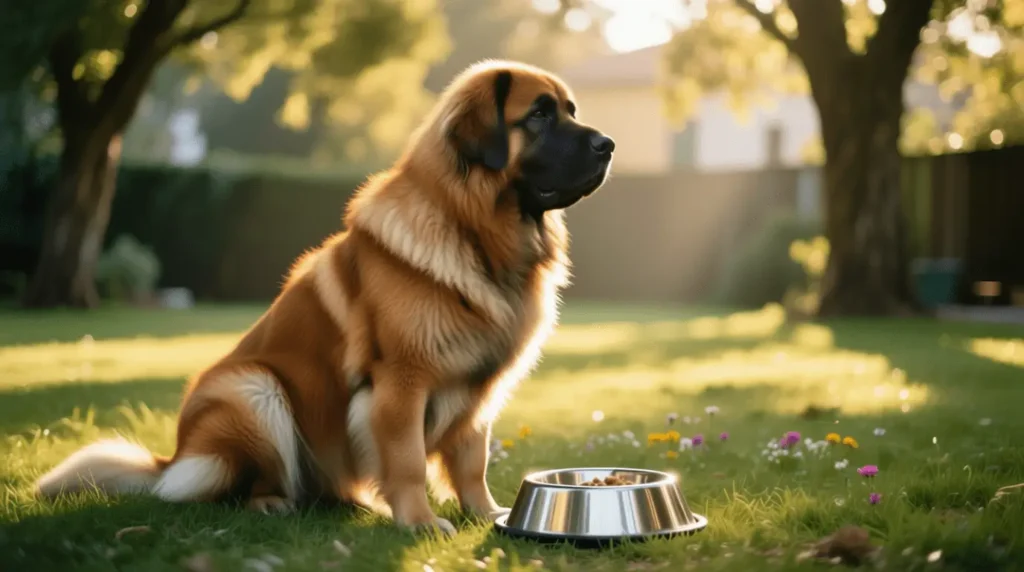
A paragon of utility and obedience, the German Shepherd thrives when given a task. Its legacy spans herding sheep, police work, and service roles.
- Origin: Germany, standardized 1899 by Max von Stephanitz.
- Profile: Highly trainable, loyal, protective.
- Basics: Herding • ~22–26 in • ~60–100 lb • ~12–14 yrs.
2) Boxer
Robust and playful, the Boxer blends working-breed strength with affectionate family temperament. Originally a cattle-driving dog in Germany, it now enjoys global popularity.
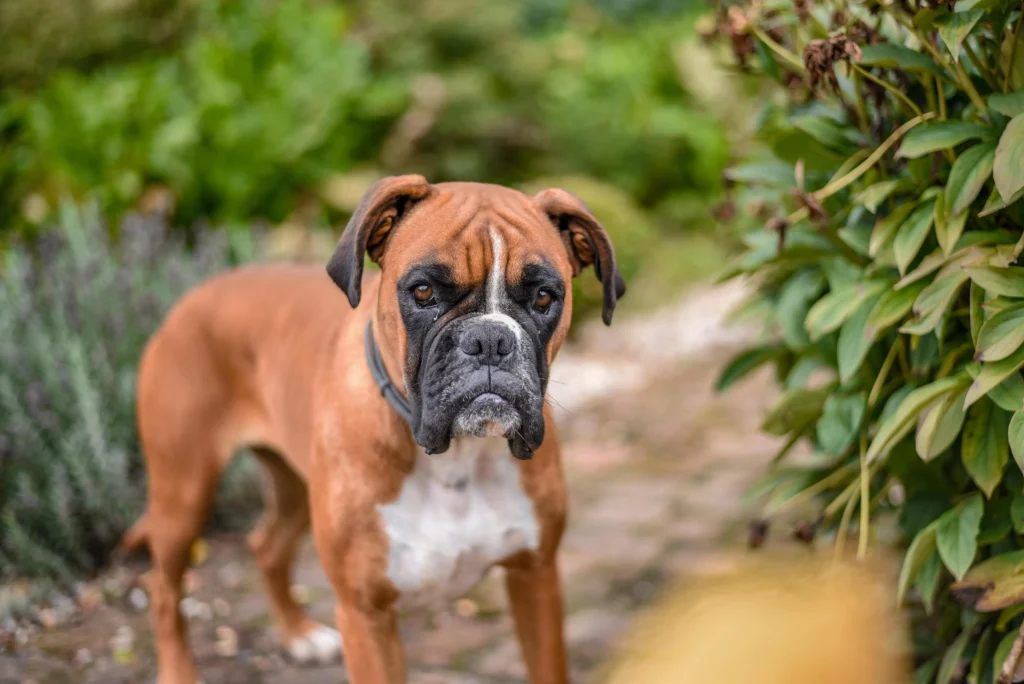
- Origin: Late-19th-century Germany.
- Profile: Energetic, loyal, fun-loving.
- Basics: Working • ~21–25 in • ~50–80 lb • ~10–12 yrs.
3) Dachshund
Compact yet courageous, the Dachshund was bred in Germany to hunt badgers and other underground game. Its long body and strong personality make it distinctive.
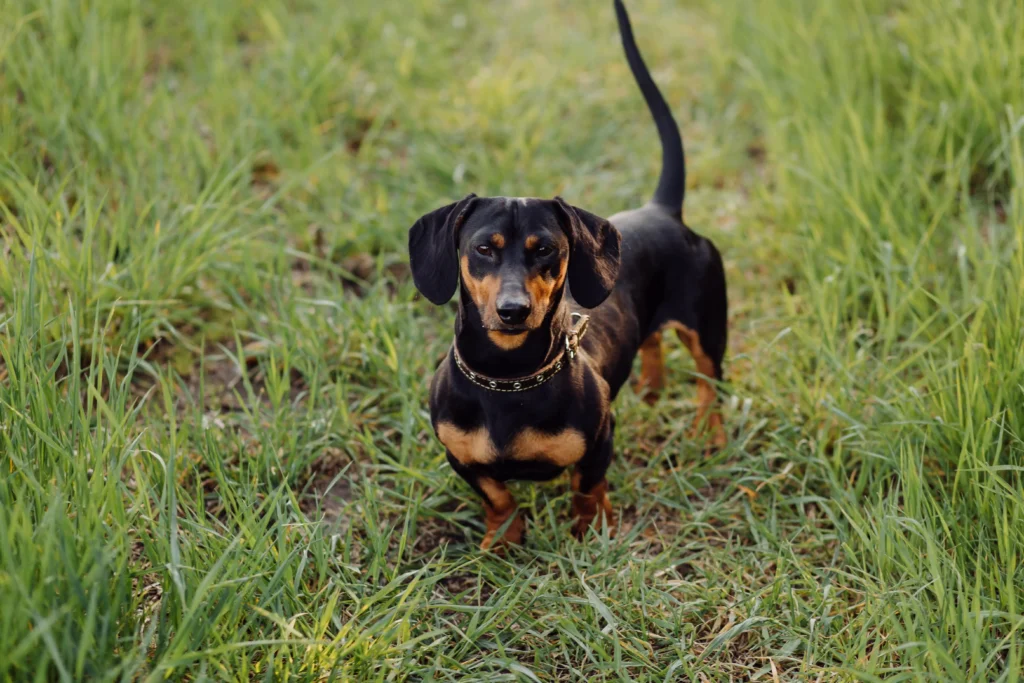
- Origin: Germany; hunting breed.
- Profile: Clever, spirited, loyal.
- Basics: Hound • Mini/Standard sizes • ~12–16 yrs.
4) Doberman Pinscher
Created by Karl Dobermann in Germany, the Doberman was developed to protect its owner during collection rounds. It now excels as guard, service and companion dog.
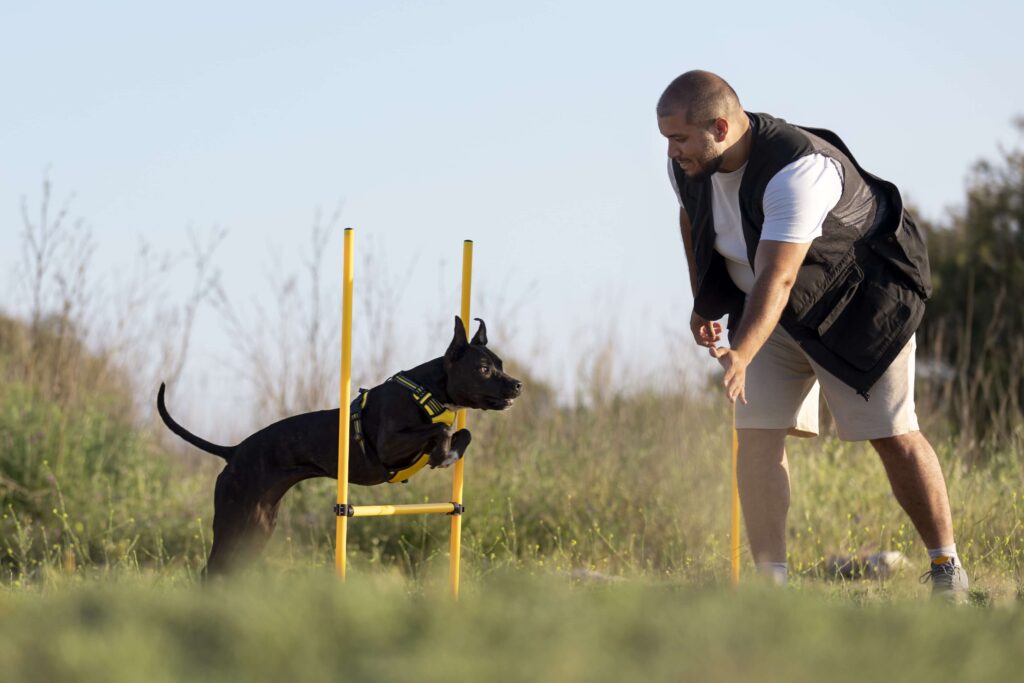
- Origin: Germany, around 1900.
- Profile: Intelligent, alert, protective.
- Basics: Working • ~24–28 in • ~65–100 lb • ~10–12 yrs.
5) Rottweiler
With roots in herding and cart-pulling, the Rottweiler is a powerful German breed that seamlessly transitions into a devoted guardian family dog.
- Origin: Rottweil, Deutschland.
- Profile: Steady, confident, loyal.
- Basics: Working • ~22–27 in • ~80–130 lb • ~9–10 yrs.
6) Great Dane
The Great Dane may bear a Danish name, but its lineage is German—bred for boar hunting and guard work. Its gentle giant nature makes it a unique family companion.
- Origin: Germany.
- Profile: Calm, affectionate, majestic.
- Basics: Working • ~28–32 in • ~110–175 lb • ~7–10 yrs.
7) Pomeranian
Miniaturized from spitz-type German ancestors, the Pomeranian packs big personality into a tiny frame. Ideal for urban living with the right care.
- Origin: Pomerania region (Germany/Poland).
- Profile: Bold, lively, trainable.
- Basics: Toy • ~6–7 in • ~3–7 lb • ~12–16 yrs.
8) Schnauzer (Standard/Miniature)
With its trademark beard and eyebrows, the Schnauzer originated in Germany as a rat-catcher. Today it serves as a family companion and working dog.
- Origin: Germany.
- Profile: Intelligent, alert, devoted.
- Basics: Working • ~17–20 in (standard) • ~30–50 lb • ~13–16 yrs.
9) Weimaraner
Known for its sleek silver-gray coat, the Weimaraner was bred in Germany for large-game hunting and now thrives as an energetic family dog.
- Origin: Germany, early 1800s.
- Profile: Energetic, intelligent, loyal.
- Basics: Sporting • ~23–27 in • ~55–90 lb • ~10–13 yrs.
10) German Shorthaired Pointer (GSP)
A highly versatile German hunting dog, the GSP excels in fieldwork, sports and home life. Its high energy demands an active owner.
- Origin: Germany, 19th century.
- Profile: Athletic, trainable, affectionate.
- Basics: Sporting • ~21–25 in • ~45–70 lb • ~10–12 yrs.
What to Consider Before Choosing a German Breed
- Energy & Training Needs: Many German breeds are bred for work. Without an outlet, they may become bored or behavioural.
- Space & Lifestyle Fit: Large breeds (e.g., Great Dane, Rottweiler) need room and budget for upkeep; small breeds (e.g., Pomeranian, Dachshund) need proper care for health issues.
- Health Awareness: Specific breeds carry risks (e.g., Dachshund back issues, German Shepherd hip dysplasia) — informed breeding and vet care are essential.
- Grooming & Maintenance: Wire-coats, double coats or giant breeds need consistent grooming and maintenance.
- Early Socialisation & Purpose: Understanding a breed’s background (herding, guarding, hunting) helps tailor training and fulfil their instincts productively.
Final Thoughts
German dog breeds bring legacy, versatility and strong bond potential. From the ever-capable German Shepherd to the compact Pomeranian, these dogs fit many lifestyles, if matched with the right environment, exercise and care. Use breed-specific research, reputable breeders and early training to ensure you select a German breed that thrives in your home.
